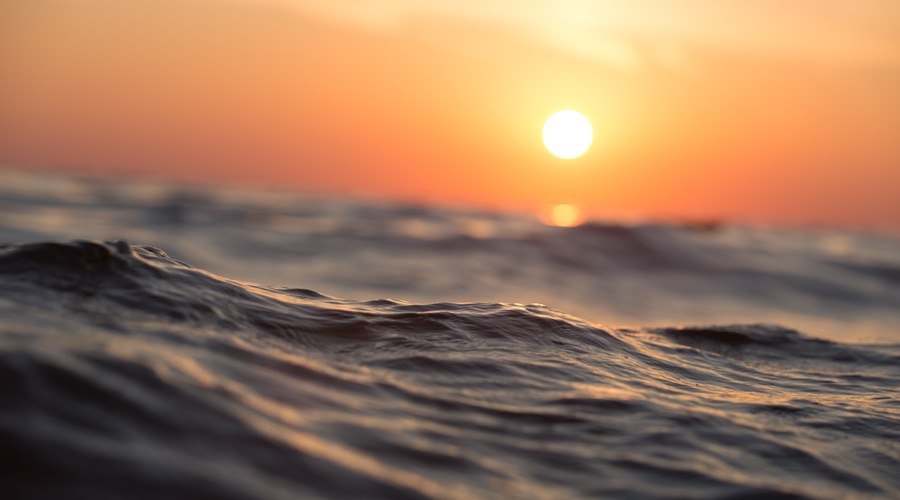300 days of sunlight a year: a look at Jordan's solar sector

Jordan’s latest solar energy deal with a UAE company marks the largest power plant to be built on Jordanian soil.
The deal, along with importing gas from Israel in spite of public outrage, and the launch of Shams Ma’an solar project are a few indicators of Jordan’s rush to find alternative energy sources to meet rising demand.

report. (Image via Tala El Issa)
Jordan imports around 96 percent of its energy, which costs more than 16 percent of GDP, according to the International Monetary Fund.
This high dependency on foreign energy, along with a 10 percent rise in electricity demand annually, has led the kingdom to build local production, especially after gas supplies from Egypt were cut in 2012.
Since Jordan lies in the sun belt area, solar energy is seen as one of the solutions to produce local electricity. Other sources the country is looking to invest in include wind energy, oil shale, and nuclear energy.
The renewable energy law as a motivator
The use of photovoltaic (PV) solar power is growing on both the government and private level, largely as a result of the 2012 renewable energy law allowing foreign companies to legally invest in Jordan’s renewable energy sector. The law resulted in the formation of tens of deals between the Jordanian government and foreign energy companies.
According to renewable energy consultant Hala Zeitawi, during the past two years, Jordan signed more than 20 wind and solar deals that are worth a total of 1,000 megawatts (MW), which can power roughly 400,000 homes.
In addition to foreign investment, the law permits consumers, individuals or institutions to produce electricity from personal solar cells that can be placed on rooftops, and sell the surplus to the government.

report. (Image via Tala El Issa)
Consumers’ transition to PV power benefited the country, Zeitawi said.
The majority of those who transition, such as banks, telecoms, universities, and hospitals are heavy power users, so reducing their consumption means that the country’s dependence on foreign sources will eventually decrease, reflecting positively on the national budget.
Reducing your bill to zero
In addition to the national and environmental benefit of transitioning to solar PV systems, consumers themselves gain economic benefits. Solar systems can mean consumers can go entirely off-grid and rid them of electricity bills.
For example, the Combat Smuggling Directorate’s monthly bill of 2,750 JD, or nearly US$4,000, was reduced to zero after installing a solar PV system, said Nawras Said, head of the Jordan Customs department’s renewable energy committee. They pioneered implementing this energy model in Jordan.
In a different context, the Ayla Oasis company is developing a huge residential and tourist resort in Aqaba, and has built a solar plant that will cover the energy needs of the pumping station responsible for transferring sea water to artificial pools.
“This solar project is part of Ayla Oasis’ environmental responsibility… which is needed to solve the many challenges Jordan is facing in the energy sector,” said CEO Sahl Dudin during a speech at the project’s opening last year.

Who else is celebrating the sun?
Other institutions that have adopted solar PV systems include The Hashemite University, Al-Zaytouna University, The Hashemite Royal Court, The Children’s Museum, more than 400 mosques and the Royal Scientific Society which also released a solar PV electric vehicle charging station.

Telecoms are no exception. According to Zeitawi, who is also the renewable energy consultant to Umniah, telecoms are very heavy consumers. The smallest company spends no less than 10 million JDs a year, or US$4 million, and so “transitioning to PV increases the company’s revenue and acts as part of its social responsibility”.
The consultant pointed out that the three main Jordanian telecommunications companies were all installing solar PV systems. Umniah would launch a solar plant in six months, she said.
As for the industrial sector, it is also moving towards solar PV. Solar power provider ETA-max has noticed an increase in industrial clients, especially after the government’s renewable energy funding program that was put in place to support SMEs looking to make the solar switch.
Some banks recently had begun providing green energy loans as financing the cost of installation was an obstacle for many people, said Randa Al-Baker, business development engineer at ETA-max.
One of its projects included installing solar panels over Invest Bank’s parking space, saving 65 percent of the bank’s energy consumption.
The bank’s solar PV system was intended to reduce electricity costs as well as the negative environmental effects produced by traditional energy channels, said bank CEO Muntasir Dawwas.
Although the government has promoted and facilitated the transition to solar PV systems, some see this progress slowing.
Recently, new complicated and bureaucratic procedures were put in place around the installation of solar panels, said Zawati, who assumed the reason was related to the increased subsidy rate expected to be provided by the National Electric Power Company (NEPCO).
Despite the short term challenges, the renewable energy benefits on Jordan’s environment and economy are undeniable.
So while it may seem like an obvious choice for energy importing countries such as Jordan and Morocco to transition to solar PV, even exporting countries like Saudi Arabia and UAE are trying to implement the model as they look for long term energy sustainability that meets their countries' growing demands.


